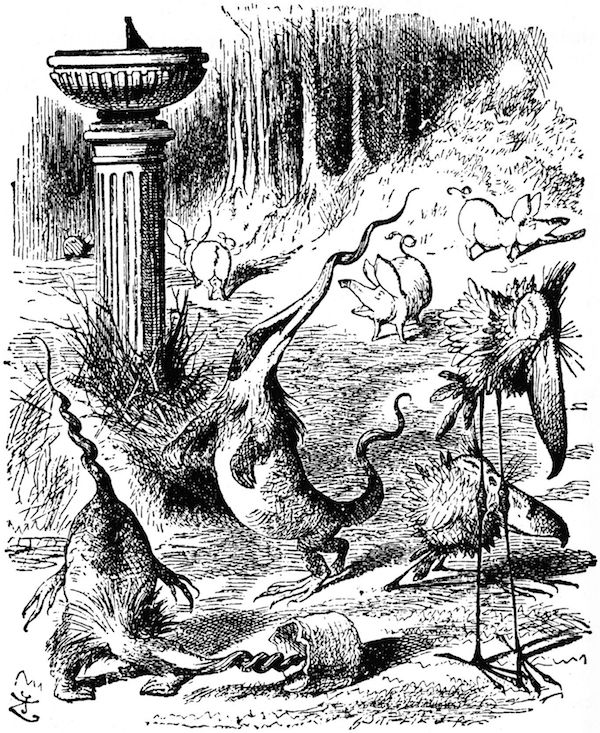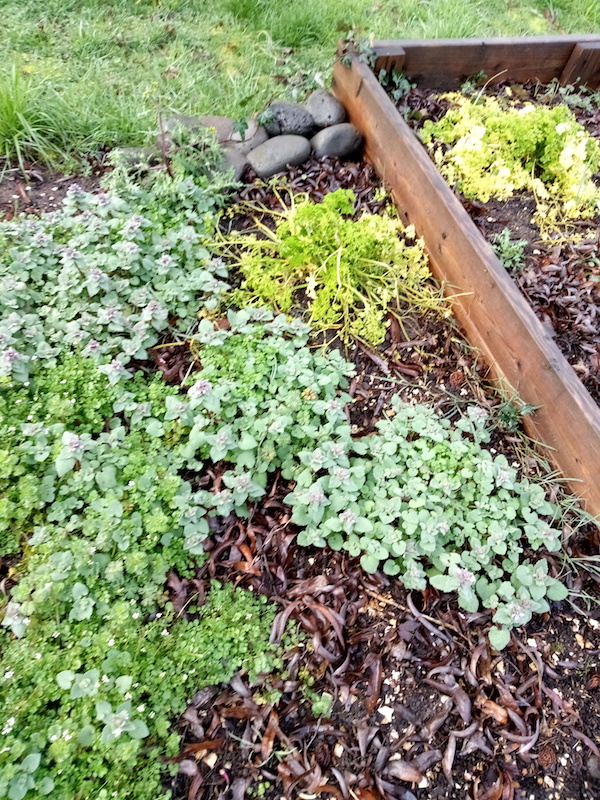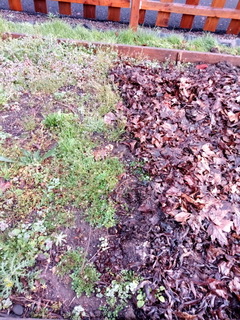The Winter Gardener
“Thus it was I found myself recently on my hands and knees in full sunlight confronting the usual collection of weeds, many of which were already producing lovely tiny white, pink, or purple flowers. I will spare you the list. As I was filling my bucket, I became vaguely aware that even in weeding there is a protocol—and the protocol depends upon an attitude—or even perhaps a philosophy. I realized I was making decisions about which particular clump of bittercress or red dead nettle, or borage to yank out, based on the following question: ‘Am I pulling these for what they have become, or Am I pulling these for what they will become?’”—Anita Sullivan
On the Other Hand
By Anita Sullivan

EUGENE Oregon—(Weekly Hubris)—March 2021—In Oregon’s Willamette Valley, winter is an excellent time for weeding. Grass and its companion ground covers stay green all year round here, since we do not have sub-zero temperatures (not yet, at least). In February, the ground is nicely soggy for easy pulling, and aside from the risk of cold persistent rain, you will be free of summer’s bouts of interference from neighborhood cats, dogs (and escaped chickens), yellow jackets, slugs, starlings, and deranged gangs of wild turkeys. Nor are you likely to be dealing with an infestation of mome raths or (worse yet), slithy toves.
February has the power to keep you indoors for weeks on end if you are a fair-weather weeder. But every time the sun stays out for at least two uninterrupted hours, gardeners will start to pop up from behind the gangly, leafless shrubs, with boots, gloves, shovels, rakes and wheelbarrows, to once again insert themselves into the chaos of greenery they have been largely ignoring for the past three or four months.
Thus it was I found myself recently on my hands and knees in full sunlight confronting the usual collection of weeds, many of which were already producing lovely tiny white, pink, or purple flowers. I will spare you the list. As I was filling my bucket, I became vaguely aware that even in weeding there is a protocol—and the protocol depends upon an attitude—or even perhaps a philosophy. I realized I was making decisions about which particular clump of bittercress or red dead nettle, or borage to yank out, based on the following question:
“Am I pulling these for what they have become, or
Am I pulling these for what they will become?”

I’m actually proud of the sheer variety of weeds that grow in my yard (I won’t say my “lawn,” because that would be laughable). I see this as a healthy sign, and I encourage it in a crude fashion. When I first moved here six summers ago, the front yard was dominated by dandelions and cat’s ear, both with their familiar bright yellow flowers. Every day, I dug up about 50 of them (the cat’s ear emerges after the dandelion is finished), on the principle that eventually this would make a dent in what seemed like a hopelessly entrenched monoculture. Even the grass in my yard comes in at least four different varieties, not to mention the clovers . . . .
But when I’m pulling weeds up by hand, not digging them out with a shovel as if they were already shrubs, I do tend to focus on the larger ones, and when they get down to teaspoon size, I ignore them because they have slipped into the category Pulling weeds for what they will become. Even weeds need to have their moment in the sun. I am wary of assuming authority within that ill-defined interregnum that occurs between a weed’s first timid emergence from the soil and the moment when it is obviously well advanced into illegally choking out the perennials.
I remember Vachel Lindsay’s rather sentimental poem about world poverty, which begins:
“Let not young souls be smothered out
Before they do quaint deeds and fully flaunt their pride.”

So, this February, I found myself pausing now and then, above certain weeds, before making the final pounce, while I questioned my motives. Am I pulling out this (poor hapless) plant in its prime, or am I merely nipping it in the bud before it had a chance to enjoy a wee interval of rest in the fulness of its flourishing? No judgment here, just a kind of scientific query. If I were able to pull all weeds at the stage of “what they will become,” I would soon be kneeling in a desert. The weeds are an indicator of soil health, and they work gratuitously as tiny plowers and kneaders of the soil so that there will always be places available for species other than themselves. This is not enforced generosity, it is sacred reciprocity: doing something that helps others as part of a natural exuberance, not by way of calculating a return on your investment.
But of course it’s not that simple. My hand hovers over a fistful of healthy bittercress, its tiny white flowers all innocence and beauty. If I leave them now, their roots will penetrate this entire corner of the garden by the time I am ready to plant peas in early April. Yet, is it better to leave the soil naked to the elements, just from a sense of tidiness, or even laziness? Who am I to think I know exactly what they will become?
“Nothing in excess!” I mutter, and frown meaningfully at the weeds. “You guys can stay another three or four weeks, OK?” And I and my wheelbarrow trundle off to wreak our gentle havocs upon a different space.
![]()
To order Anita Sullivan’s books, The Rhythm Of It and/or And if the Dead Do Dream, click on the book covers below.



